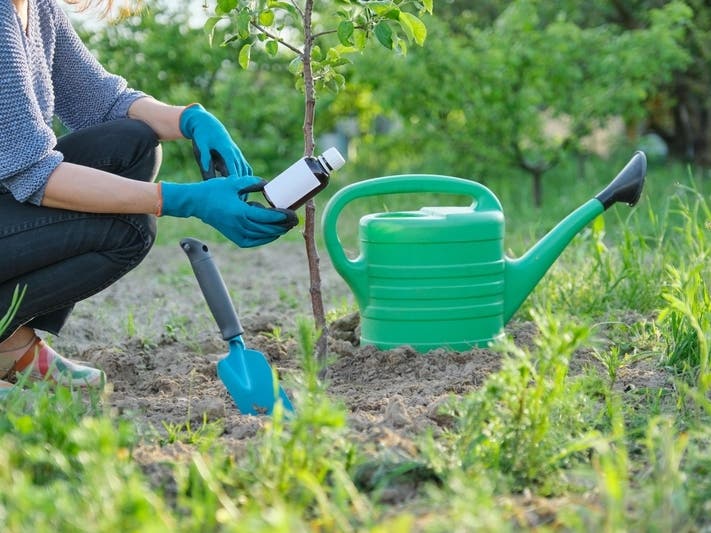Home & Garden
See When Frost Danger Passes This Spring, Making Gardening Safe
The average date of the final spring freeze can be found anywhere in America, along with a guide to when it's safe to begin planting crops.

ACROSS AMERICA — The right time to start planting seeds outside varies by year, and even more so by region. But an Old Farmer’s Almanac tool can help gardeners across all 50 states plan ahead by finding the typical date of the final spring frost.
There’s a 30 percent probability of frost occurring after the spring date listed, as the date is determined using National Oceanic and Atmospheric historical data from 1981-2010 and is not “set in stone,” the Old Farmer’s Almanac said.
The date represents the average date of the final "light freeze." A “light freeze,” according to the almanac, occurs when the temperature dips between 29 and 32 degrees Fahrenheit, at which point tender plants can be killed.
Find out what's happening in Across Americawith free, real-time updates from Patch.
A “moderate freeze,” between 25 and 28 degrees, is destructive to most vegetation; and a “severe freeze” at anything under 24 degrees can do heavy frost damage to most garden plants, according to the almanac.
As the pandemic’s second gardening season gets underway across much of America, the Old Farmer's Almanac has another tool to help gardeners decide when to plant which crops such as corn, potatoes and spinach.
Find out what's happening in Across Americawith free, real-time updates from Patch.
The 2021 gardening season is expected to be busy, just as the 2020 season was due to the coronavirus pandemic and related shutdown orders. The pandemic led to a “global gardening boom,” according to a 2020 report from Agriculture Week, as many of the largest seed companies saw unprecedented interest.
Burpee Seed Co. sold more seeds last March, when the pandemic began, than during any other month in its 144-year history, Agriculture Week reported, and Johnny’s Selected Seed notched a 270 percent increase in sales during the 2020 gardening season.
The brisk seed sales don’t just reflect an interest in a pastime that makes social distancing easy. Experts say gardening is therapeutic.
“There are certain very stabilizing forces in gardening that can ground us when we are feeling shaky, uncertain and terrified,” Rutgers University professor Joel Flagler told Agriculture Week. “It’s these predictable outcomes and predictable rhythms of the garden that are very comforting right now.”
Even before the pandemic, mental health experts pointed to gardening as a way to deal with stress.
Gardening provides physical exercise and promotes healthier eating, but it can also reduce worry among people who consider themselves perfectionists, psychologist Seth Gillihan said.
“Given the lack of control we have, gardening can be a good antidote for perfectionism,” Gillihan wrote in a 2019 Psychology Today blog. “No matter how carefully you plan and execute your garden, there are countless factors you can't predict — invasions by bugs, inclement weather, hungry rodents."
With so many things out of one's control, perfectionism is a waste of time, he said, so gardeners may ask themselves “why bother” trying to be perfect.
Get more local news delivered straight to your inbox. Sign up for free Patch newsletters and alerts.